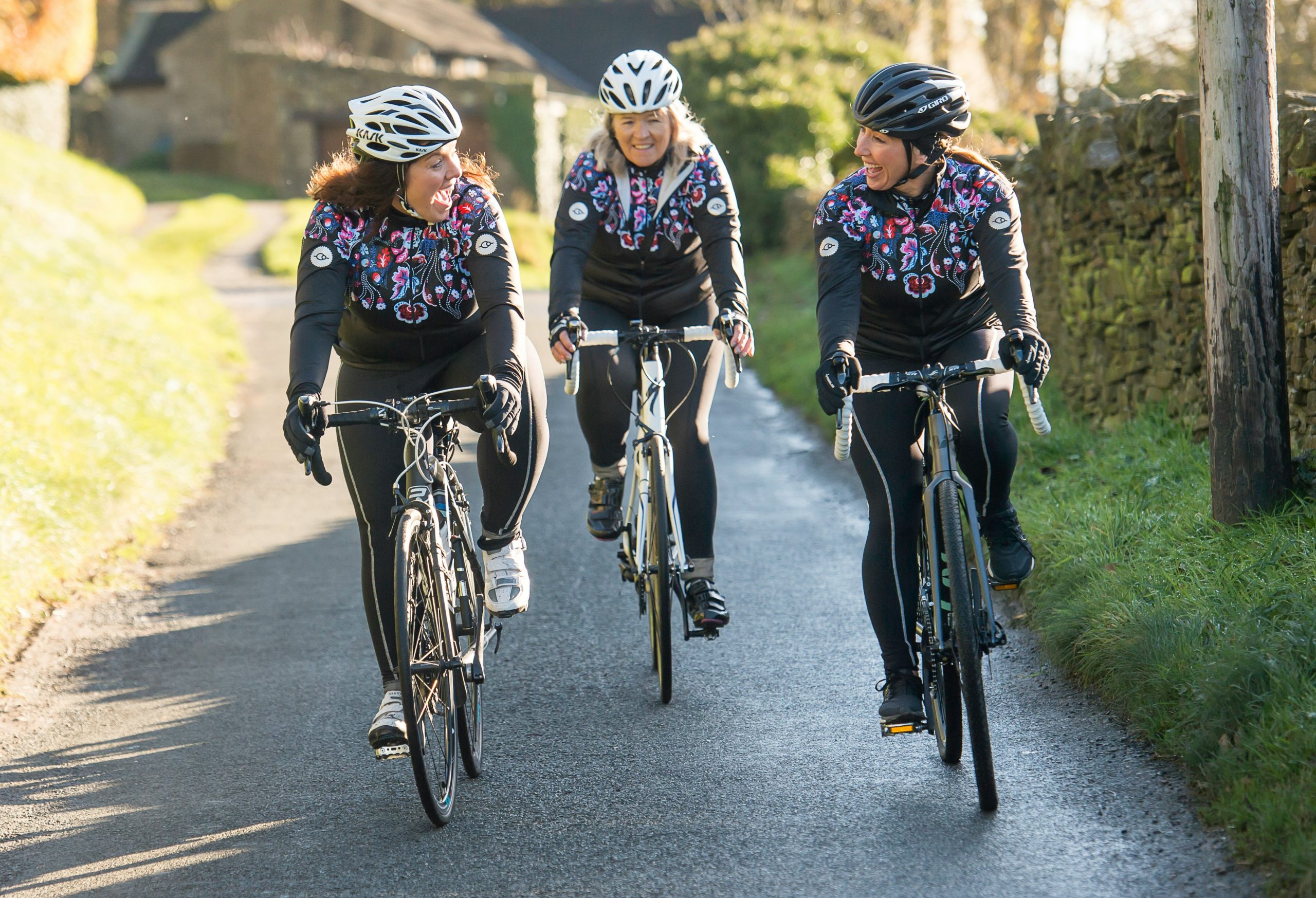A new study reveals that when you exercise may matter as much as how much you exercise—at least when it comes to managing blood sugar. Researchers found that sedentary adults with obesity or overweight who exercised in the morning saw the biggest improvements in their blood sugar levels. The findings could offer a simple, practical strategy for people trying to prevent or manage type 2 diabetes.
What the Study Looked At
The study focused on a group of adults who were not very active and were classified as overweight or obese. These participants were also experiencing metabolic issues, such as insulin resistance, which can lead to type 2 diabetes if left unchecked. To figure out whether timing matters, researchers asked them to wear devices called accelerometers. These devices track movement and help record when and how intensely people exercise during the day.
Key Results
The timing of physical activity turned out to play a big role in how well participants controlled their blood sugar:
- Morning exercise was the clear winner. People who did moderate to vigorous physical activity (MVPA) in the morning had the most stable blood sugar throughout the day.
- Afternoon exercise helped too, but less so. While those who worked out in the afternoon still showed better blood sugar control than those who didn’t exercise, the improvement wasn’t as significant as with morning exercise.
- Evening exercise didn’t seem to help much. In fact, late-day workouts didn’t show any clear benefits for blood sugar, and in some cases, they seemed to have a slight negative effect.
Why Does Timing Matter?
Experts believe the body’s natural rhythms—called circadian rhythms—may be the key. Circadian rhythms influence many processes in the body, including how it uses insulin, a hormone that helps move sugar from the blood into cells where it can be used for energy. In the morning, the body tends to be more sensitive to insulin, meaning it processes sugar more efficiently. Morning exercise might take advantage of this window of higher sensitivity, leading to better blood sugar control throughout the day.
Why This Matters
Managing blood sugar is crucial for preventing type 2 diabetes, a condition affecting millions of people worldwide. Exercise has long been known to help with this, but these findings suggest that timing your workout could make a big difference. For people at risk of diabetes, simply shifting exercise to the morning might offer an easy way to improve their health.
Things to Keep in Mind
While the study offers useful insights, it’s important to remember a few key points:
- Everyone is different. Not everyone will respond to exercise the same way. Factors like genetics, daily routines, and overall health can affect how much someone benefits from morning workouts.
- Morning exercise isn’t always practical. For many people, morning isn’t the easiest time to fit in a workout. Work schedules, family responsibilities, and personal preferences all play a role.
- More research is needed. This study provides promising results, but researchers still need to confirm them by looking at larger groups of people over longer periods.
Bottom Line
If you’re looking to manage or prevent type 2 diabetes, when you exercise might be just as important as how often you do it. This study suggests that morning exercise may be the best bet for keeping blood sugar stable. However, any exercise is better than none, so the best workout is the one you can stick with.
As always, before starting a new exercise routine, it’s a good idea to check in with your doctor—especially if you have any existing health conditions. Staying active is one of the best things you can do for your health, and now, with this new research, you might have another reason to set that early alarm and start your day with a workout.

